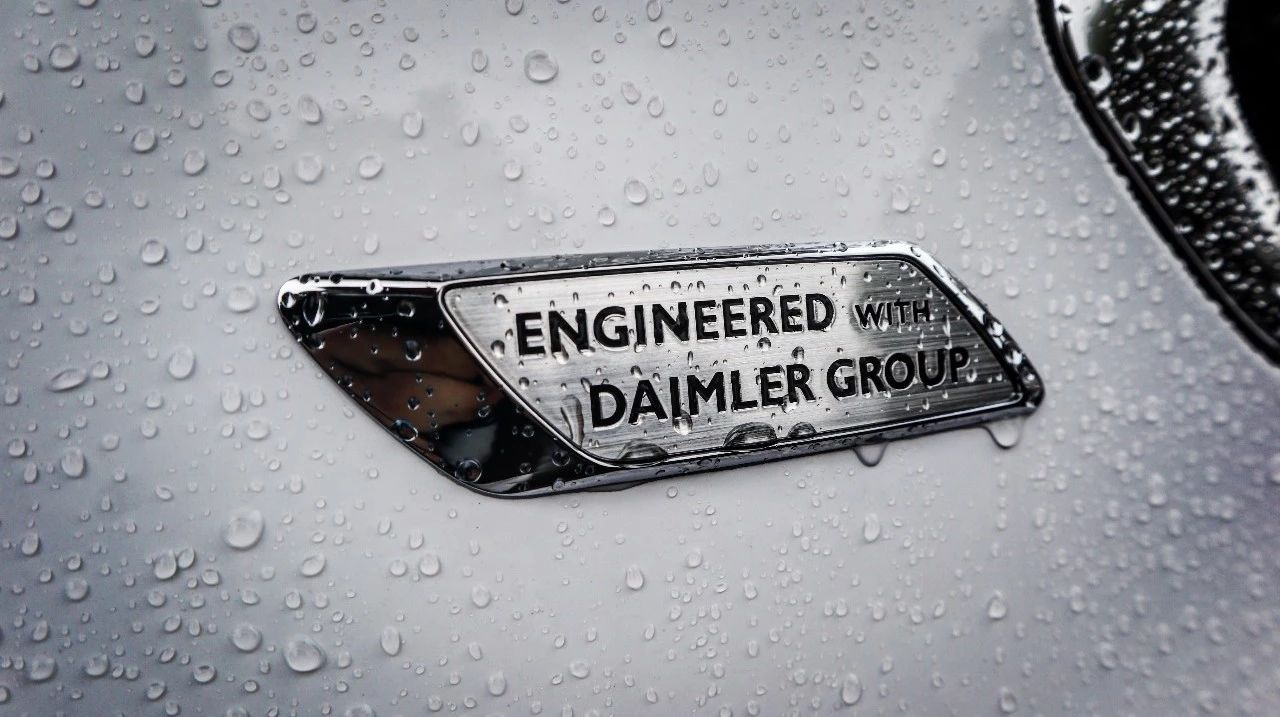This might be an electric car that was severely underestimated due to its ugly appearance — DENZA 500.
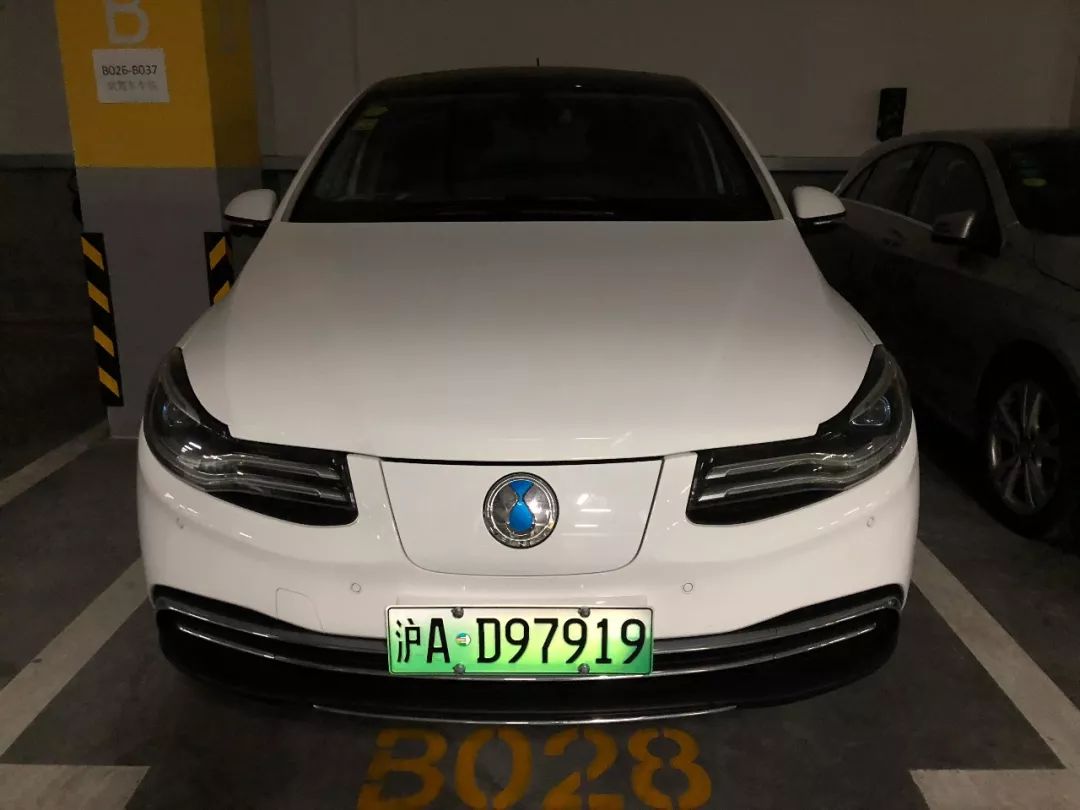
Let’s take a brief look at DENZA’s background:
-
In 2010, BYD partnered with Daimler to establish DENZA.
-
In 2012, the concept car was first unveiled at the Beijing Auto Show.
-
Developed jointly by Daimler (Mercedes-Benz) and BYD.
-
BYD’s factory in Shenzhen has a separate production line.
-
Mercedes-Benz core dealership group sells DENZA.
-
DENZA 300 was released in 2014.
-
DENZA 400 was released in 2016.
-
DENZA 500 was released in 2018.
Let’s turn back the clock to 2012. Although BYD’s styling design gave people a stereotype of cheapness, its core three-electric technology was proved with a big reputation and sales volume, and the feeling it gave was that of an engineering student who wasn’t focused on appearance. What about Daimler? Its image of luxury is deeply rooted in the world after a century, and it is a synonym for reliability and German manufacturing. It gave people the feeling of a German male model with both strength and appearance (German soccer fans do not cry). If we looked at such a transaction in 2012, “Mercedes-Benz workmanship + BYD three-electric technology” must have been a car model that was expected to be promising in the future, considering that 2012 was also the year when Tesla delivered its first Model S.
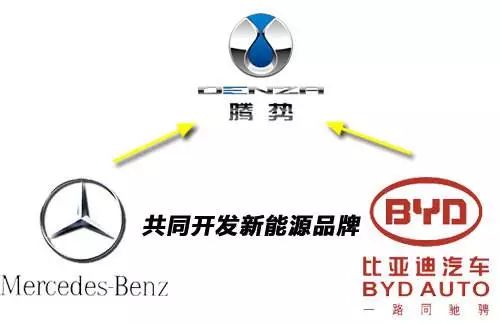
However, after the first DENZA 300 was released, the feedback from the market’s sales volume immediately plunged the brand into the cold winter. According to statistics, in 2015, DENZA’s sales volume nationwide was 2,888, and in 2016, DENZA’s sales volume nationwide was 2,287, a year-on-year decrease of 21%, and in 2017, the national sales volume was 4,713.
Fortunately, the brand has not been abandoned by its parents. In May of this year, BYD and Daimler respectively added RMB 400 million to DENZA, totaling RMB 800 million, to give DENZA a new lease of life, and put DENZA 500 into Mercedes me to improve the brand experience.
Well, the story ends here, let’s take a look at the car!
It is ugly, but not cheap-looking.“`
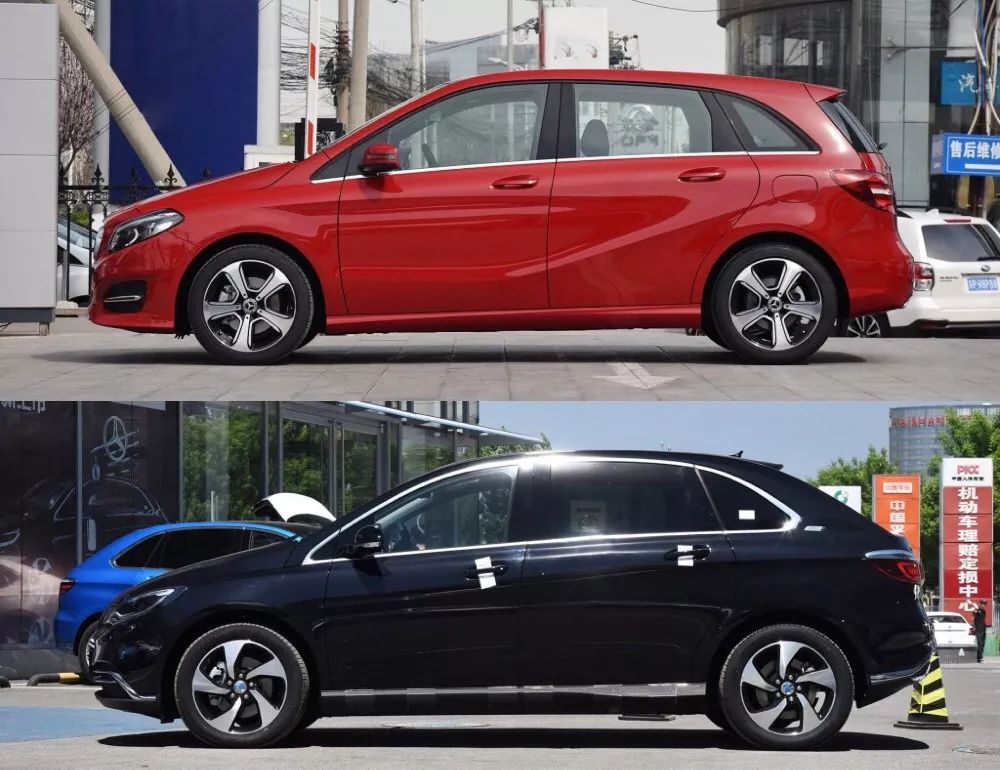
Although everyone has different aesthetics, it is really not objective to say that this car looks good.
I want to say that the design did not recognize the aesthetic needs of the Chinese market, but the use of materials is uncompromising.
The exterior of the whole vehicle uses a considerable amount of chrome trim to create a luxurious feeling, and the five-spoke wheel design creates a dynamic atmosphere.
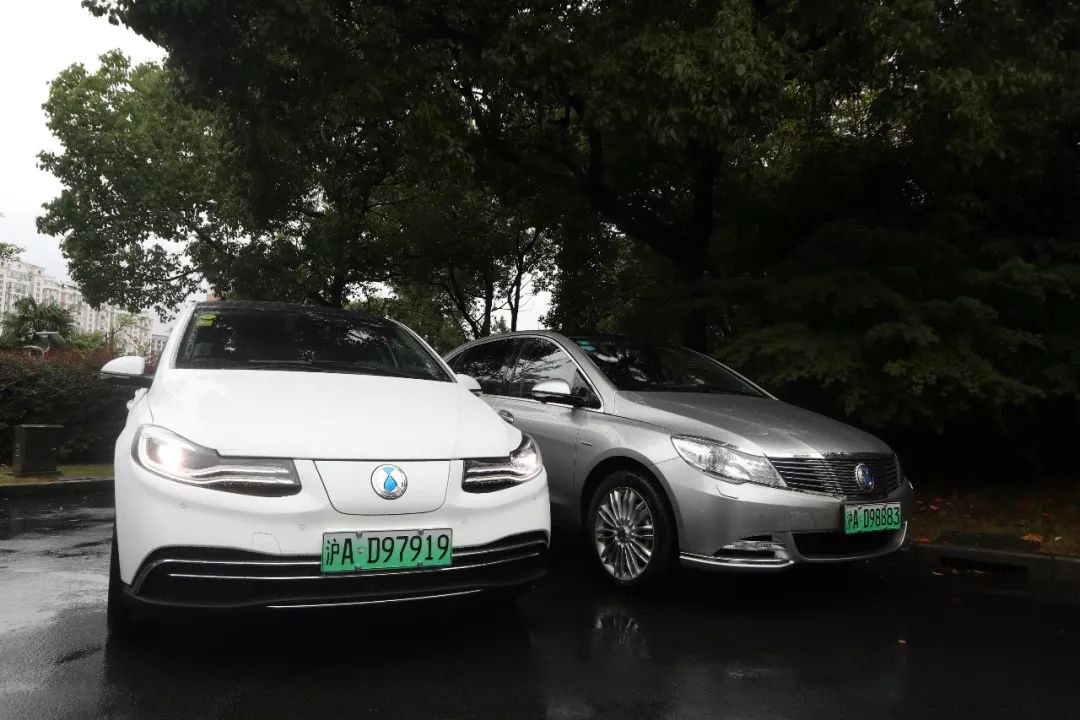
After the Facelift of the front of the DENZA 500, the traditional air intake grille similar to traditional fuel vehicles was cancelled, and the LED lights on both sides were greatly elongated, which has a stronger sense of electric vehicle compared to the DENZA 400.
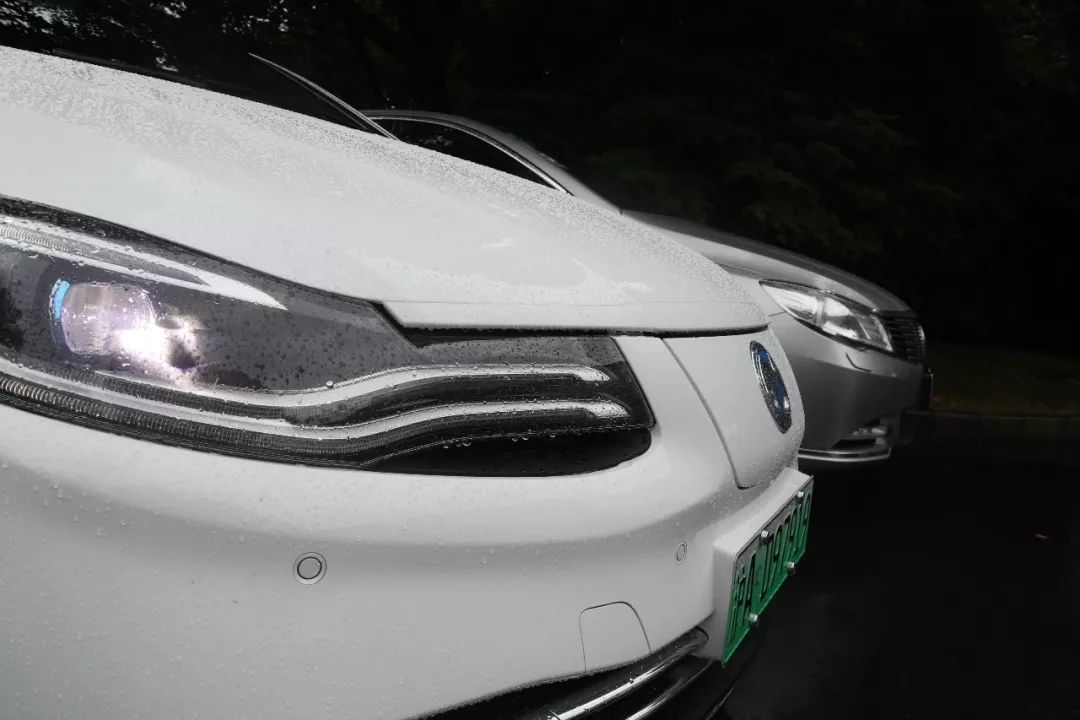
The tail is the most criticized part. The design of the concave rear windshield is unconventional and has no bright spots. The design of the two-door car style and the non-hatchback style of the trunk, coupled with the fact that the rear seats cannot be folded, has lost the extension space of storage.
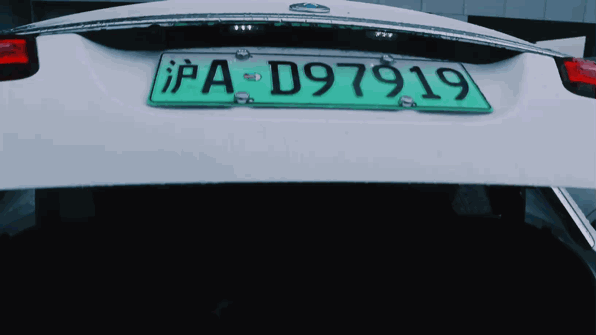
In terms of interior design, the overall style is “Mercedes-Benz”. The details of the leather perforated seats with double stitching decoration and the window control unit at the top of the door panel, and the gear lever design with some AMG surprises.
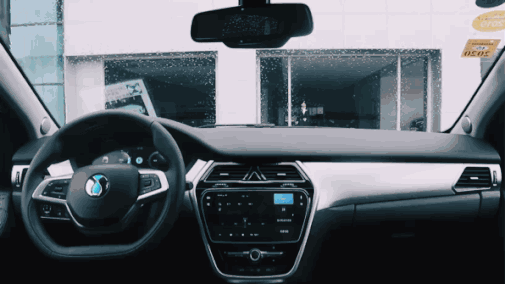
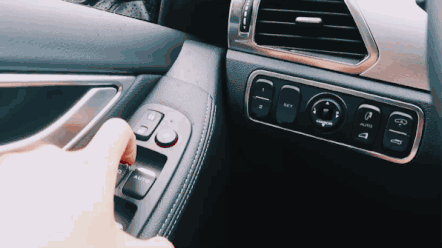
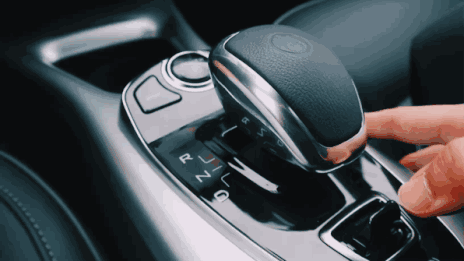
The solid feeling of endurance impressed me
This car I borrowed is the DENZA 500 Honor Edition.
“`Due to the limited time borrowed for testing the car, I only drove a short distance, which may not be rigorous or objective but is true.
Before test driving the TeSLA Model 500, I have frequently heard positive reviews about its endurance from the 42HOW communication group.
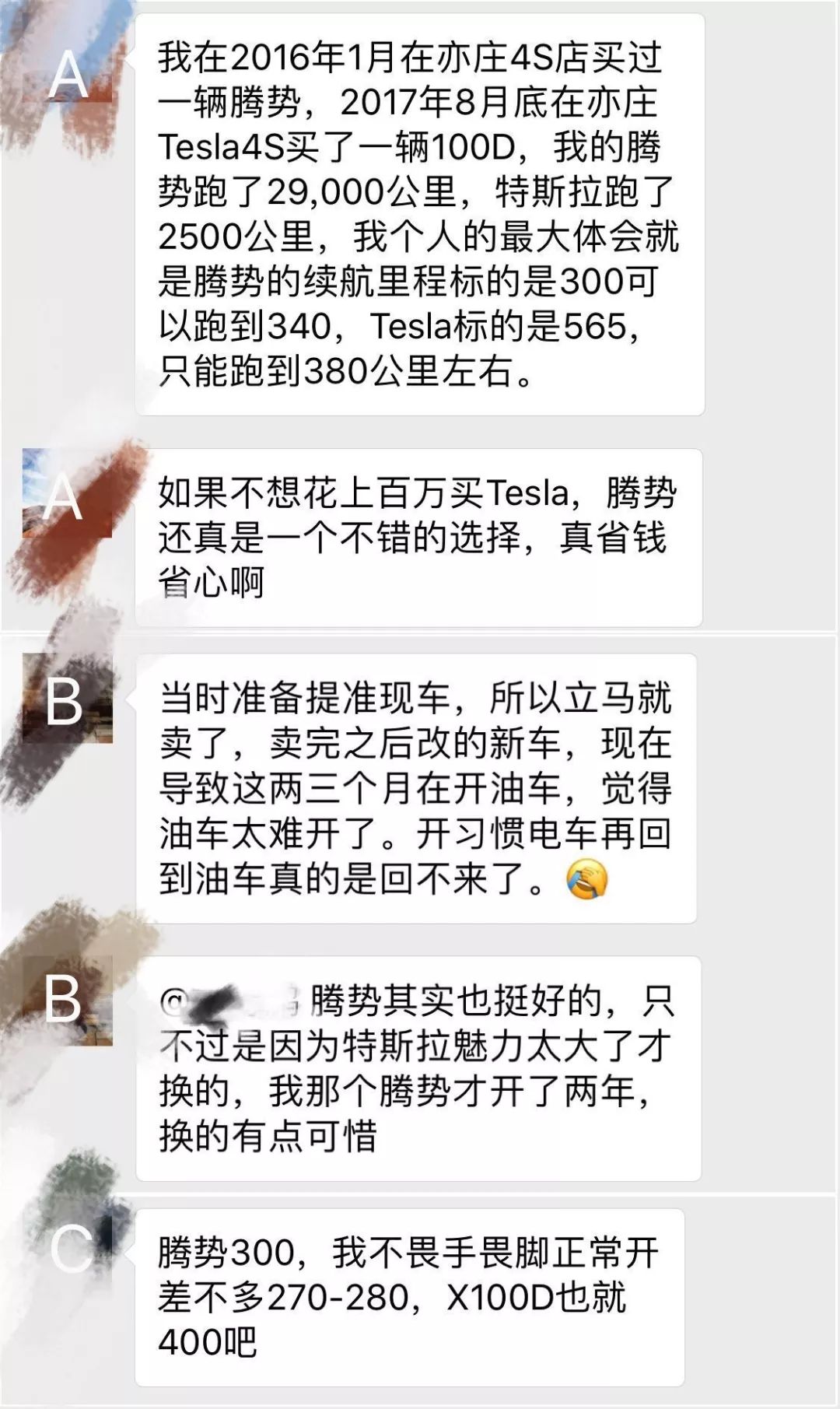
With a battery capacity of 70 kWh, the NEDC endurance of the TeSLA Model 500 is 451 km. In terms of the data and endurance capability, it is almost similar to that of the Model S 75D (electricity: 75 kWh).
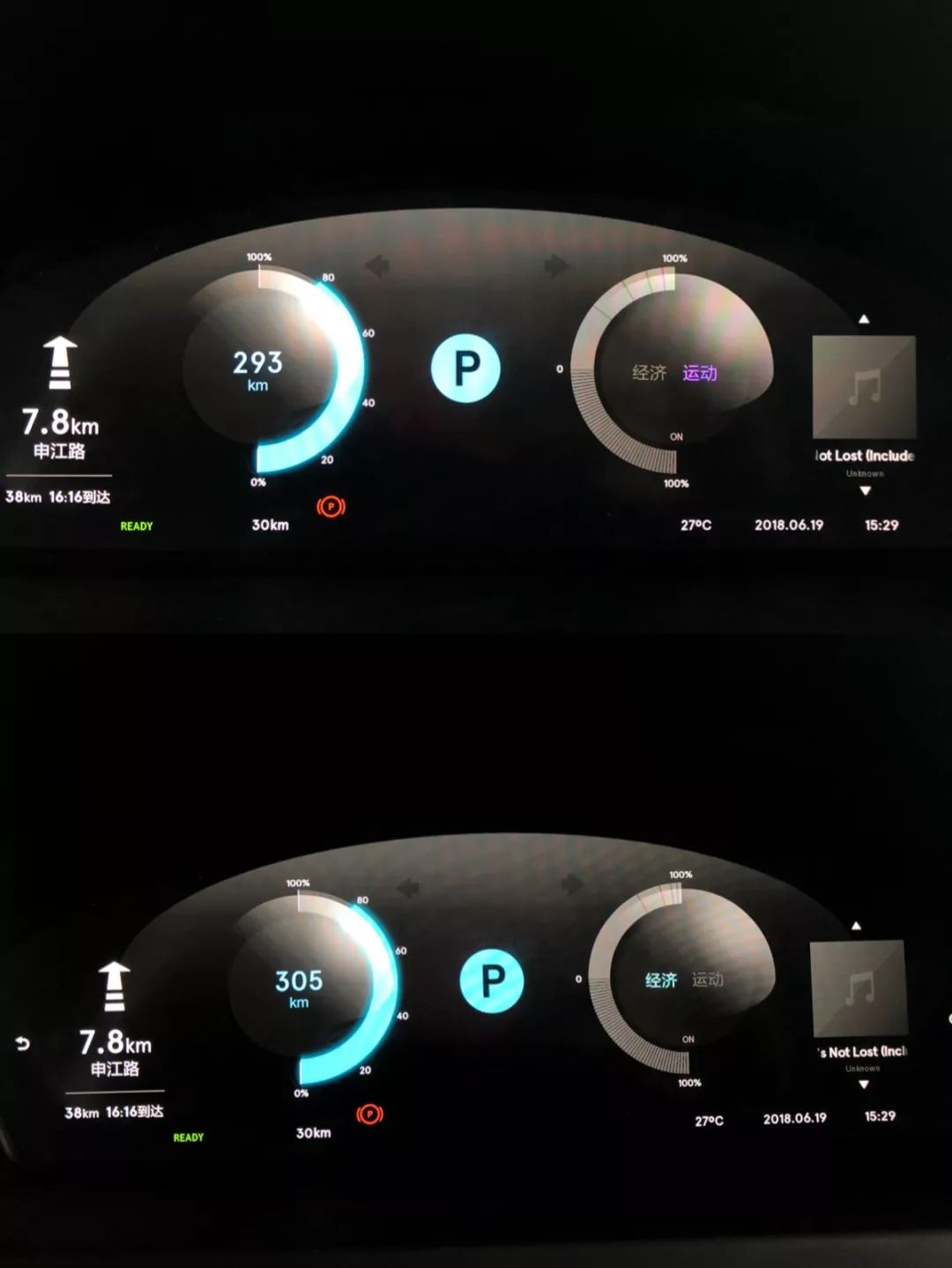
The distance shown on the TeSLA Model 500’s dashboard is related to the historical energy consumption records and vehicle driving modes. When I received this TeSLA Model 500, the remaining power was 80%, and the remaining mileage was displayed as 305 km (economic) / 293 km (sport).
By dividing the current mileage by 80%, you can get the mileage display of a full charge: 381 km (economic) / 366 km (sport). In terms of NEDC 451 km, this display is quite conservative. However, it does not affect our evaluation of the vehicle’s endurance based on power consumption.
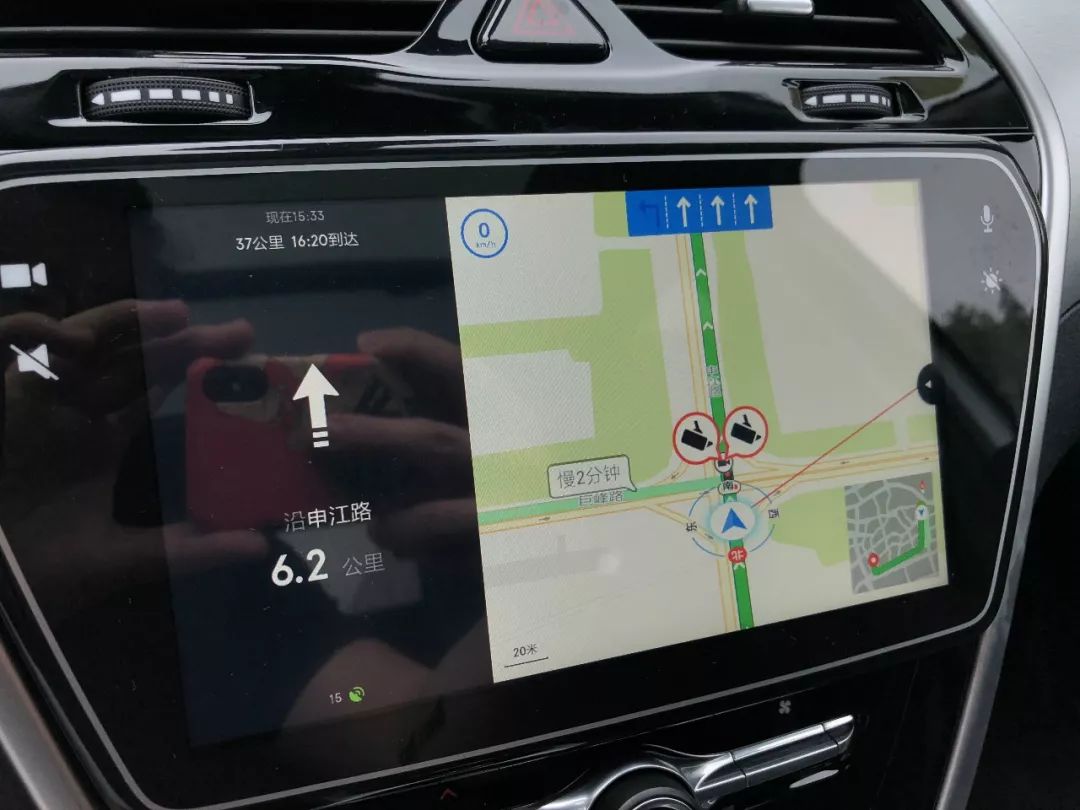
The entire 38 km journey was driven in economic driving mode with the air conditioner turned on continuously on the Shanghai Ring Expressway, where the road was smooth without traffic jams. Compared to other factory maps, the built-in Baidu map made me feel very safe, although the detailed design of the volume settings was not perfect. The volume of the navigation was not set independently from that of the music, which would interrupt the playing of music during frequent voice broadcasts, forcing for the navigation volume to be muted.
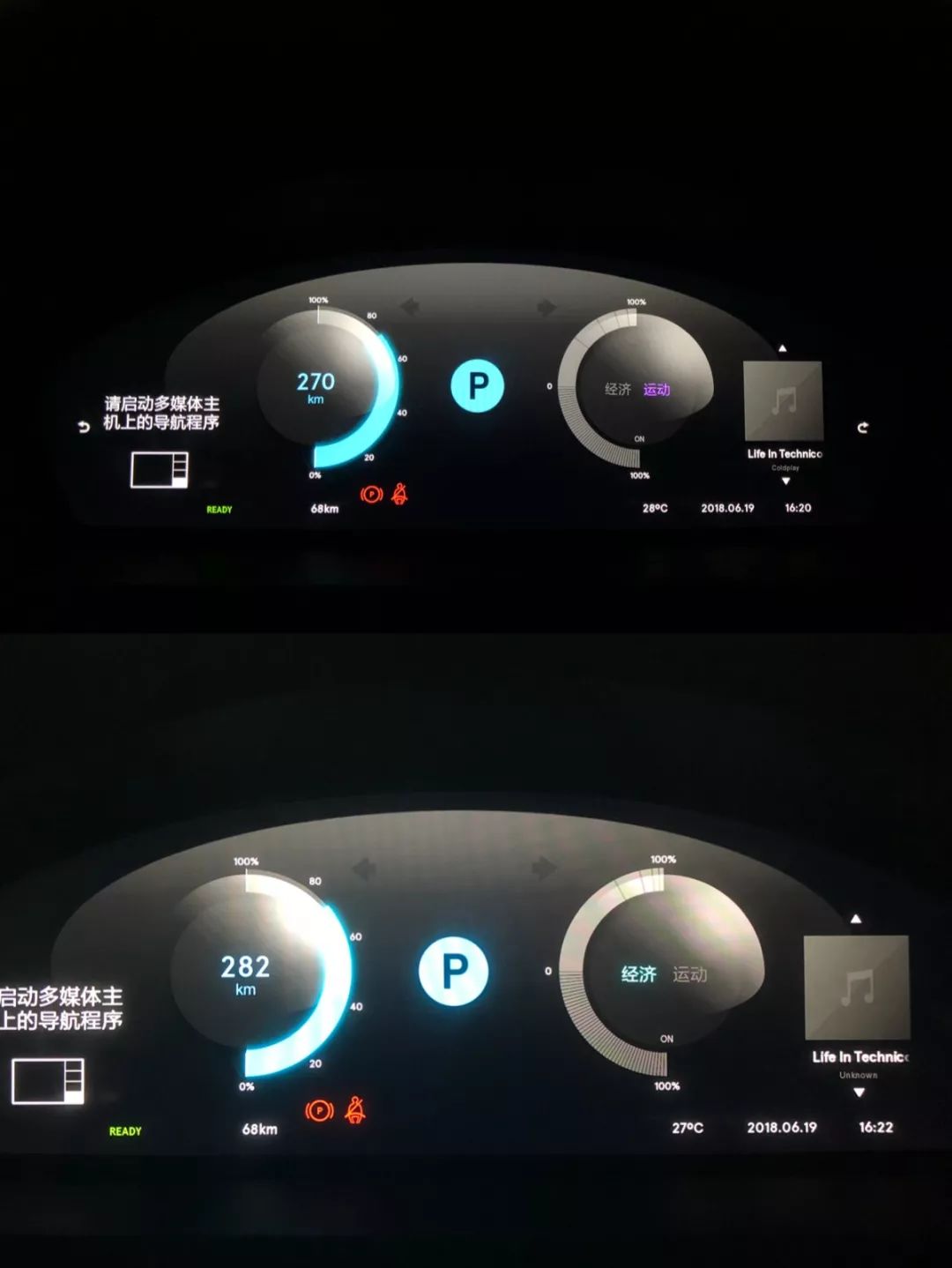 Upon arriving at my destination, I was pleasantly surprised to find that although the odometer had increased by a solid 38 km, the displayed range had only decreased by a straightforward 23 km. Based on the percentage change in displayed battery life, it had dropped from about 80% to 72%, resulting in an 8% power loss. Having driven 38 km while using only 8% of the battery, and calculating based on the car’s full 70 kWh capacity, the energy consumption value was only 147 Wh/km, which is even higher than the NEDC-calibrated 451 km range. It’s worth noting that even when driving a Model S 75D smoothly on a city loop, the energy consumption value is usually around 180-200 Wh/km, which makes it somewhat difficult to reach the NEDC-scale calibrated range. Comparatively, the NEDC-calibrated driving range for a 70 kWh battery-powered Nio ES8 is only 355 km.
Upon arriving at my destination, I was pleasantly surprised to find that although the odometer had increased by a solid 38 km, the displayed range had only decreased by a straightforward 23 km. Based on the percentage change in displayed battery life, it had dropped from about 80% to 72%, resulting in an 8% power loss. Having driven 38 km while using only 8% of the battery, and calculating based on the car’s full 70 kWh capacity, the energy consumption value was only 147 Wh/km, which is even higher than the NEDC-calibrated 451 km range. It’s worth noting that even when driving a Model S 75D smoothly on a city loop, the energy consumption value is usually around 180-200 Wh/km, which makes it somewhat difficult to reach the NEDC-scale calibrated range. Comparatively, the NEDC-calibrated driving range for a 70 kWh battery-powered Nio ES8 is only 355 km.
Of course, the driving performance of these two cars is by no means comparable to that of the Nio ES8.
- The total power of the DENZA 500 Honor Edition electric motor is 135 kW (torque: 300 N·m).
- The total power of the Tesla Model S 75D electric motor is 386 kW (torque: 525 N·m).
- The total power of the Nio ES8 electric motor is 480 kW (torque: 840 N·m).
The DENZA 500 has a 0 to 100 km/h acceleration time of approximately 10 seconds, whereas both the Model S 75D and ES8 have accelerations times of under 5 seconds, making them high-performance electric cars.
However, objectively speaking, for an electric car that is likely to be used for 90% of the time as a city commuter car, what is more important: range, or acceleration?
If an electric car is treated as a plaything, it will inevitably be the second car in the household, following a gasoline car. But if an electric car is to be chosen as the family’s primary car, it must first be a reliable commuting tool, and in this regard, the DENZA 500 has a clear positioning.
Technology still needs improvement, pricing is reasonable
Luxury electric cars priced around 300,000 yuan seem to be a battlefield for automakers. Whether it be the high-range version of the XPeng G3 or the WM EX5, or the loudly advertised Marvel X from SAIC Roewe, all have penetrated this segment. DENZA, with its strong group background and years of experience in making electric cars, should be positioned at a higher level than BYD, and not criticized. However, for a newly established automaker, it’s universal to plan on early-stage intelligent upgrading, at least seeking to achieve level 2-assisted driving.The configuration of the NIO ES6 only includes useless cruise control without even the ACC adaptive cruise control feature. Perhaps at this current time, whether a car is equipped with an advanced driving assistance system is not yet considered as a purchasing evaluation criteria. However, in less than three years, when users clearly recognize the convenience of driving assistance systems in daily driving, this will definitely become an important criterion in car purchasing decision-making.
Looking at the future trends of the automotive industry’s “New Four Modernizations” (electrification, intelligentization, networking, and sharing), “sharing” compared to B2B, can be placed further in the long-term horizon. The NIO ES6 has achieved “networking” on the basis of “electrification”, but only if “intelligentization” is not implemented in the next generation models will it lose competitiveness in the 300,000-yuan level section.
Lastly, the monitor has a question for you.
Is it very important to be handsome?
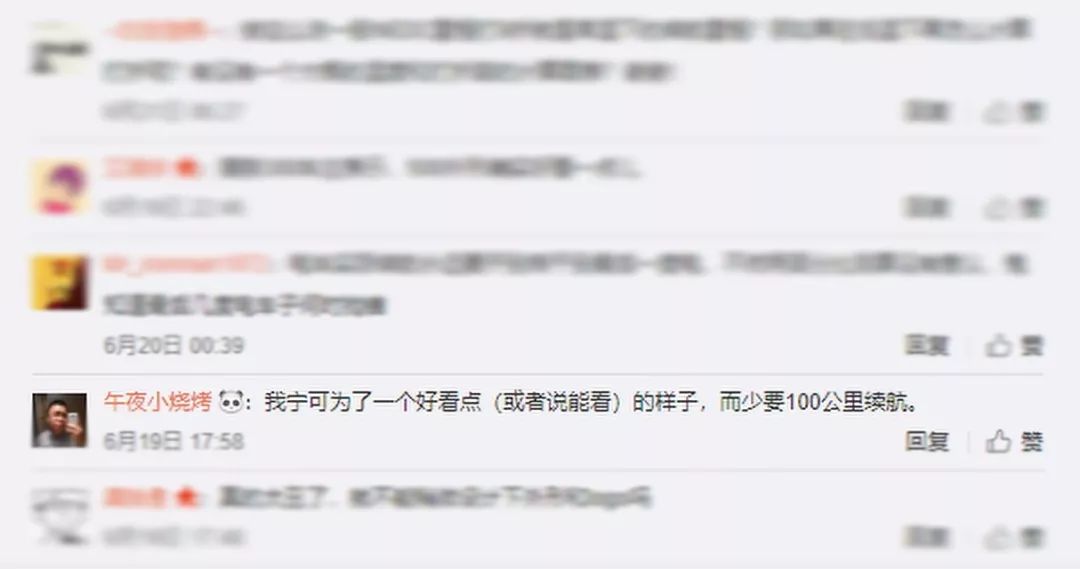


- There are 12 important things you need to know about the new generation of BYD Tang* Wang Chuanfu: BYD will open all control and communication protocols to build a smart electric vehicle platform | GIV 2018

This article is a translation by ChatGPT of a Chinese report from 42HOW. If you have any questions about it, please email bd@42how.com.
